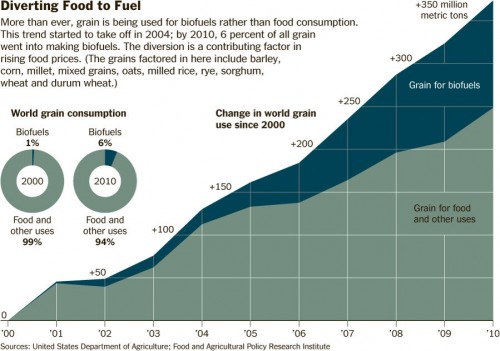Some thoughts on not using food stamps for sodas
This morning I received an e-mail query from Jan Poppendieck, author of three truly outstanding books that I often use in classes:
- Breadlines Knee Deep in Wheat: Food Assistance in the Great Depression
- Sweet Charity Emergency Food and the End of Entitlement
- Free for All: Fixing School Food in America
Q. I am collecting opinions on the proposal to ban use of SNAP (food stamp) funds for buying sodas. What do you think of that idea?
A. I started out deeply uncomfortable with the idea of the soda ban but I now support it. The discomfort came from my general discomfort with telling people what I think they should be eating. I never comment on what individuals eat (and I hope you won’t comment on what I eat). My work deals with nutrition for populations, not necessarily individuals. So banning sodas at first seemed to me to be too personal an approach.
But I changed my mind for several reasons:
- The increasingly strong evidence that sugary drinks predispose to obesity
- The disproportionately higher rates of obesity among the poor
- The suggestive evidence that sugars in liquid form are especially predisposing to obesity
- The comparison of the SNAP approach (the benefits can be used for most any food) with that of WIC (the benefits only work for a restricted number of foods)
- The focus of soda companies on marketing to children and youth in low-income areas
- The lack of grocery stores in low-income areas
- The intense marketing of sodas to children and youth in developing countries
- The increasingly successful efforts of soda companies to co-opt health professional groups with partnerships, alliances, and grants
- The astonishing amount of money and effort used by beverage companies and associations to fight soda taxes and, no doubt, this idea as well
Soft drink companies have gotten a free ride for years. They moved into schools and created an environment that makes it socially acceptable for children to drink sodas all day long. If sodas are now under scrutiny for their role in obesity, it is because soda companies are reaping what they have sown.



